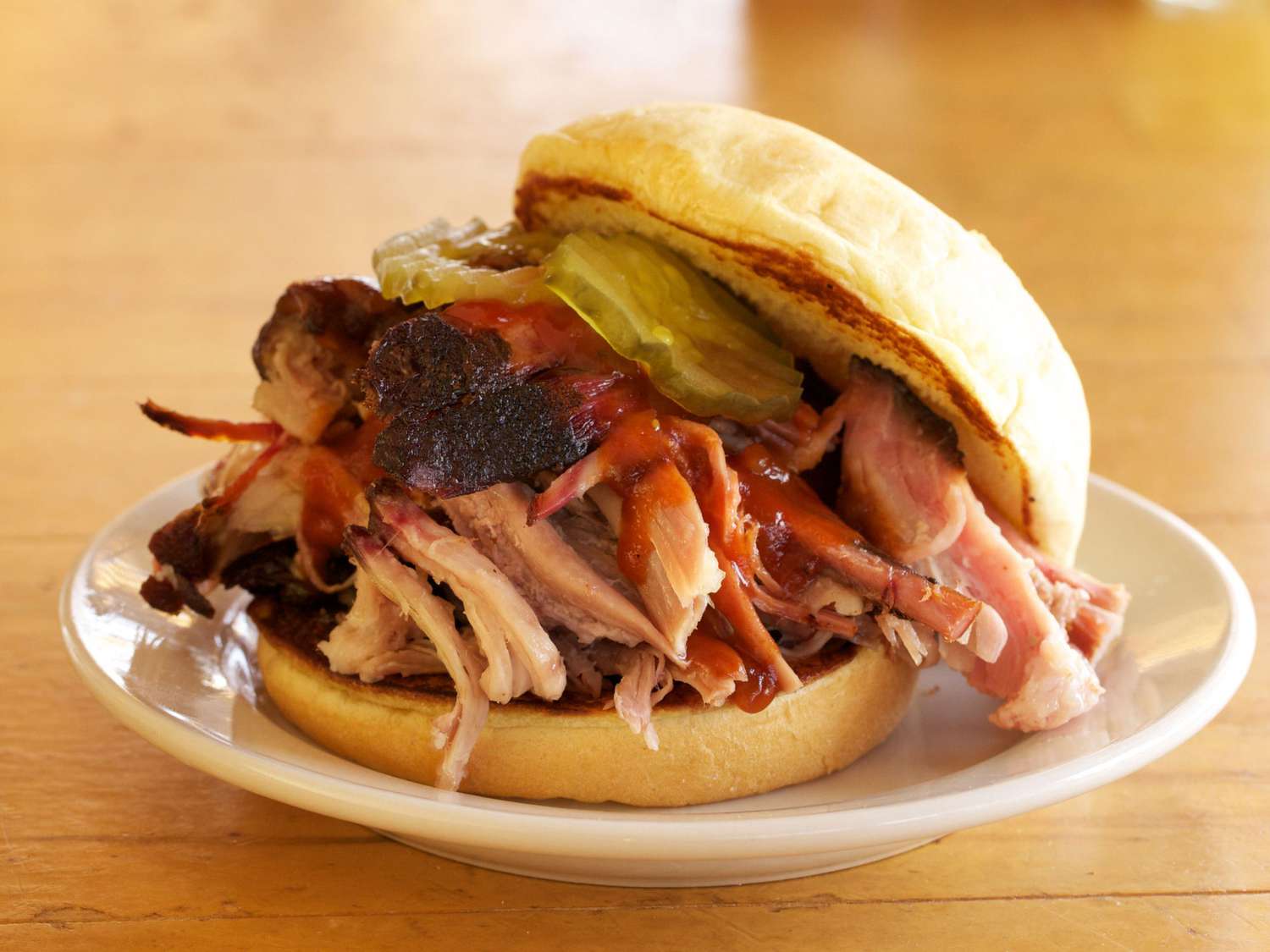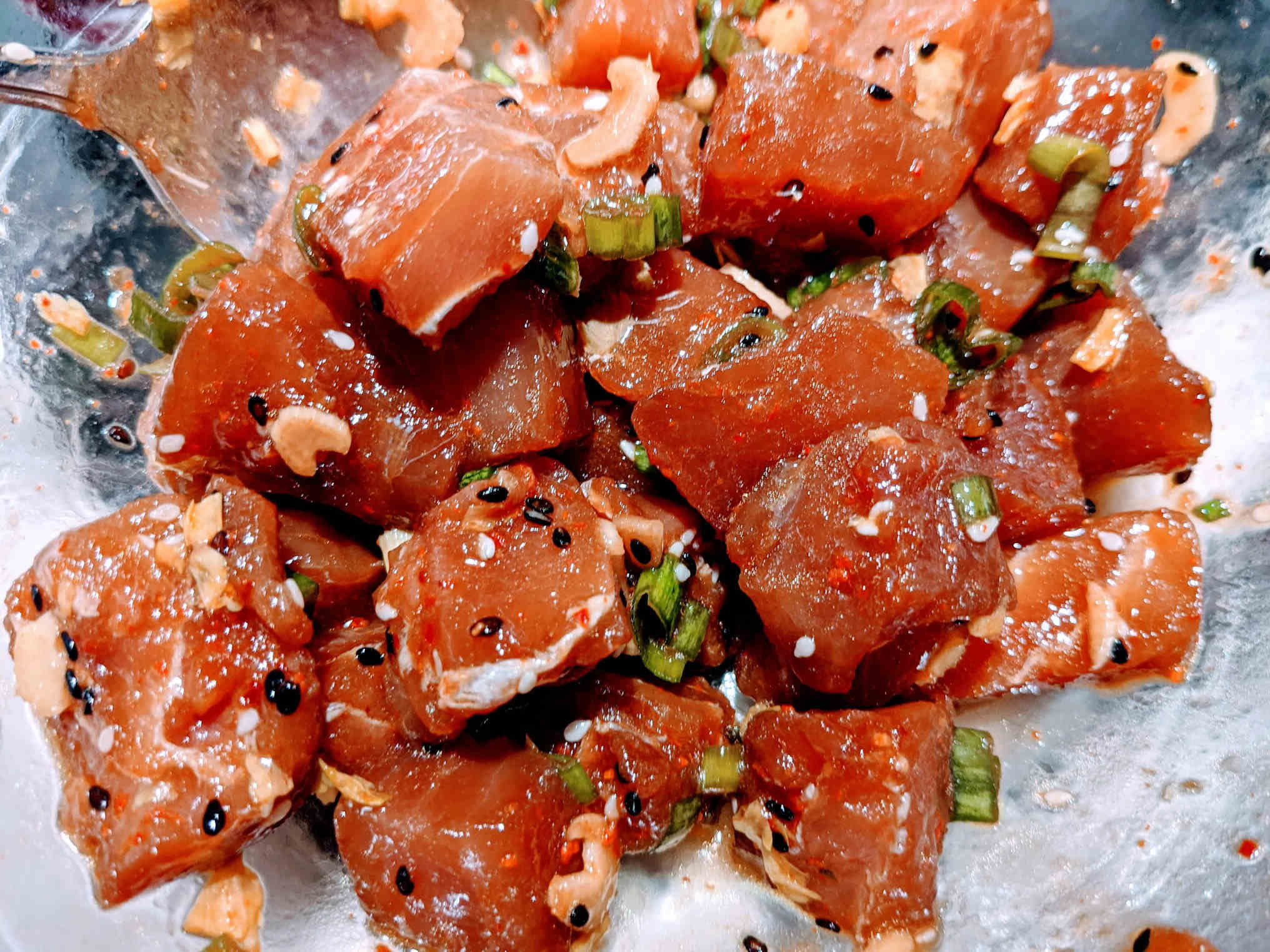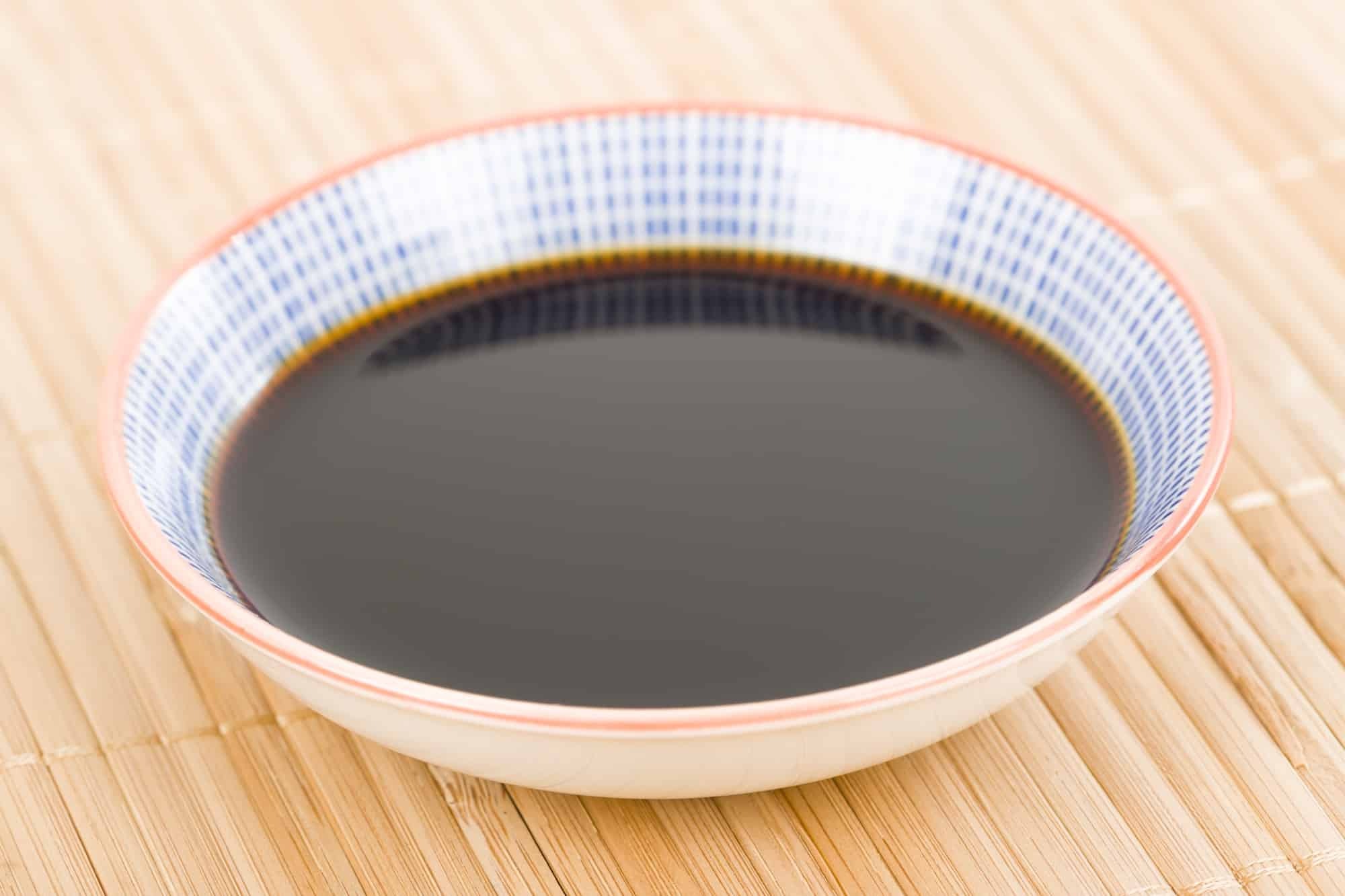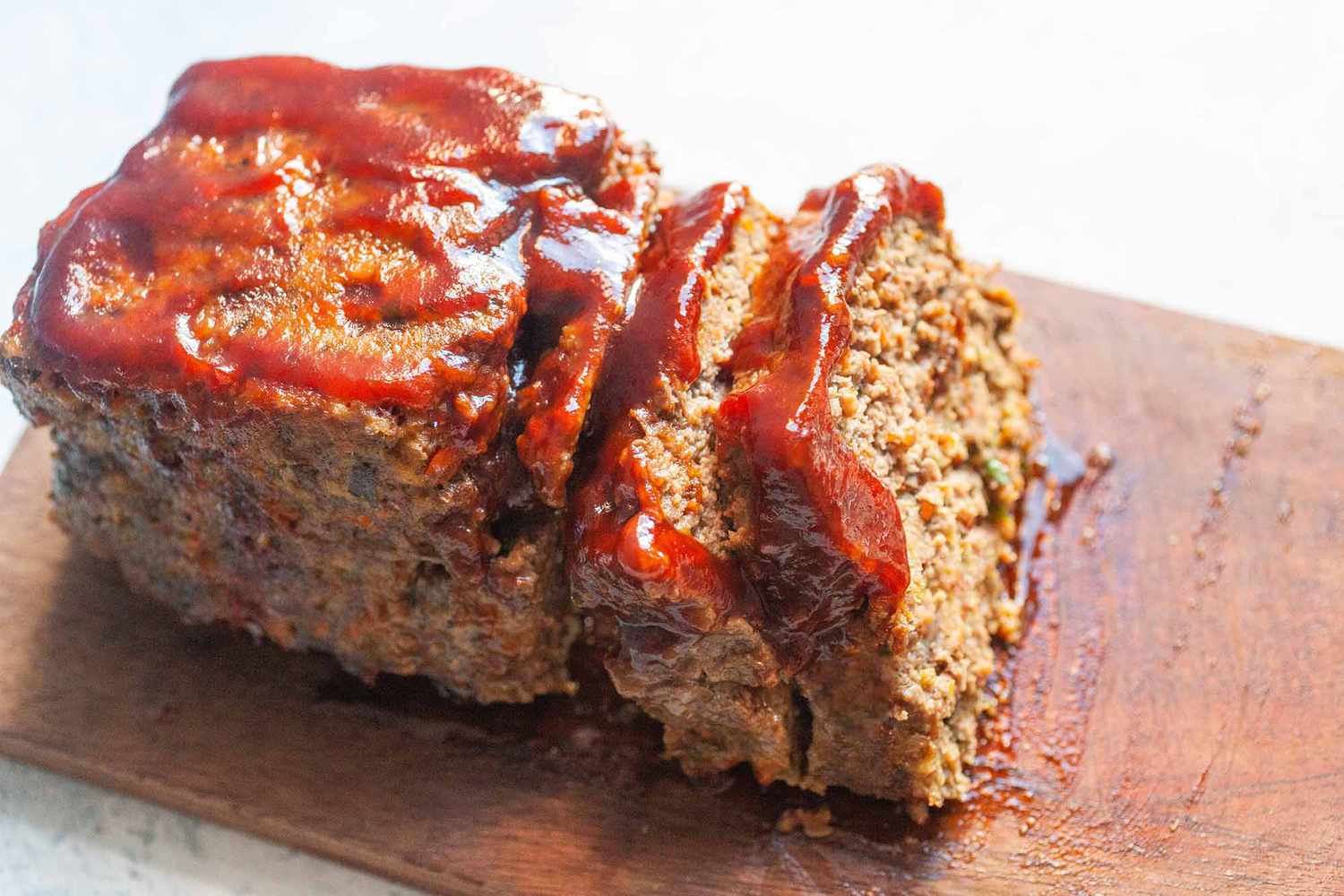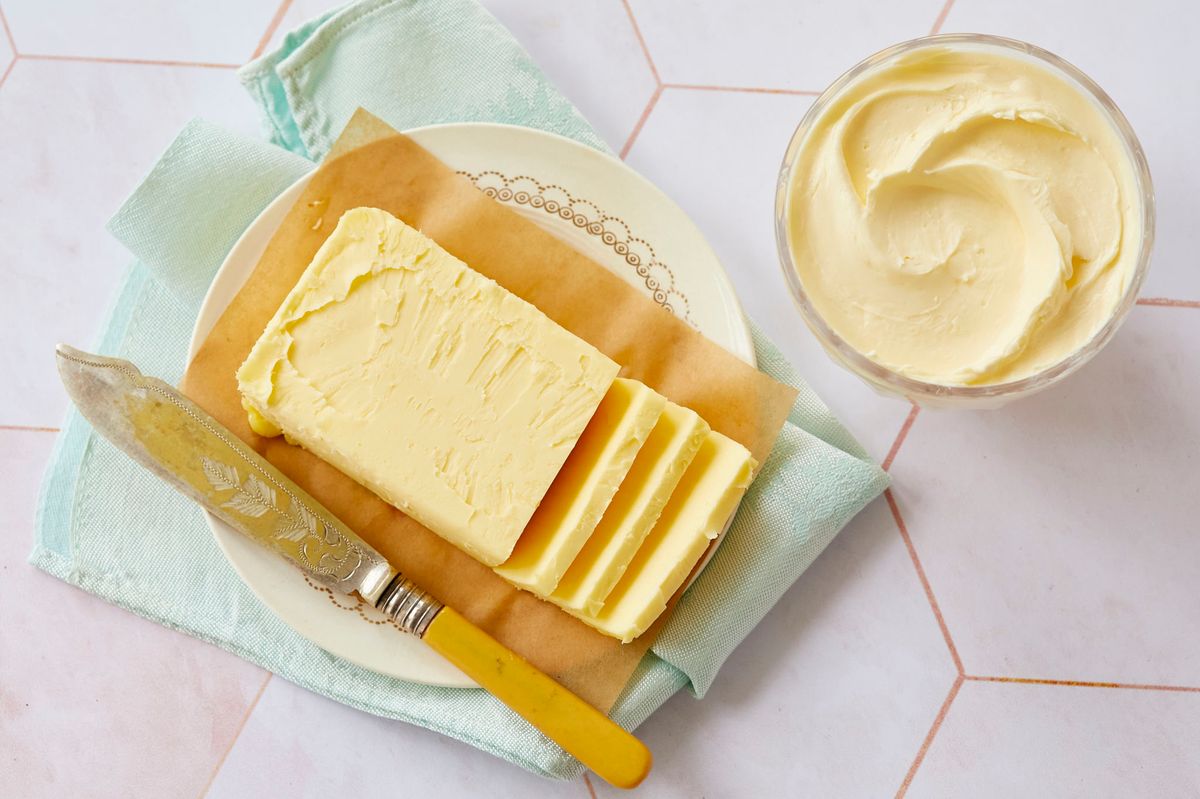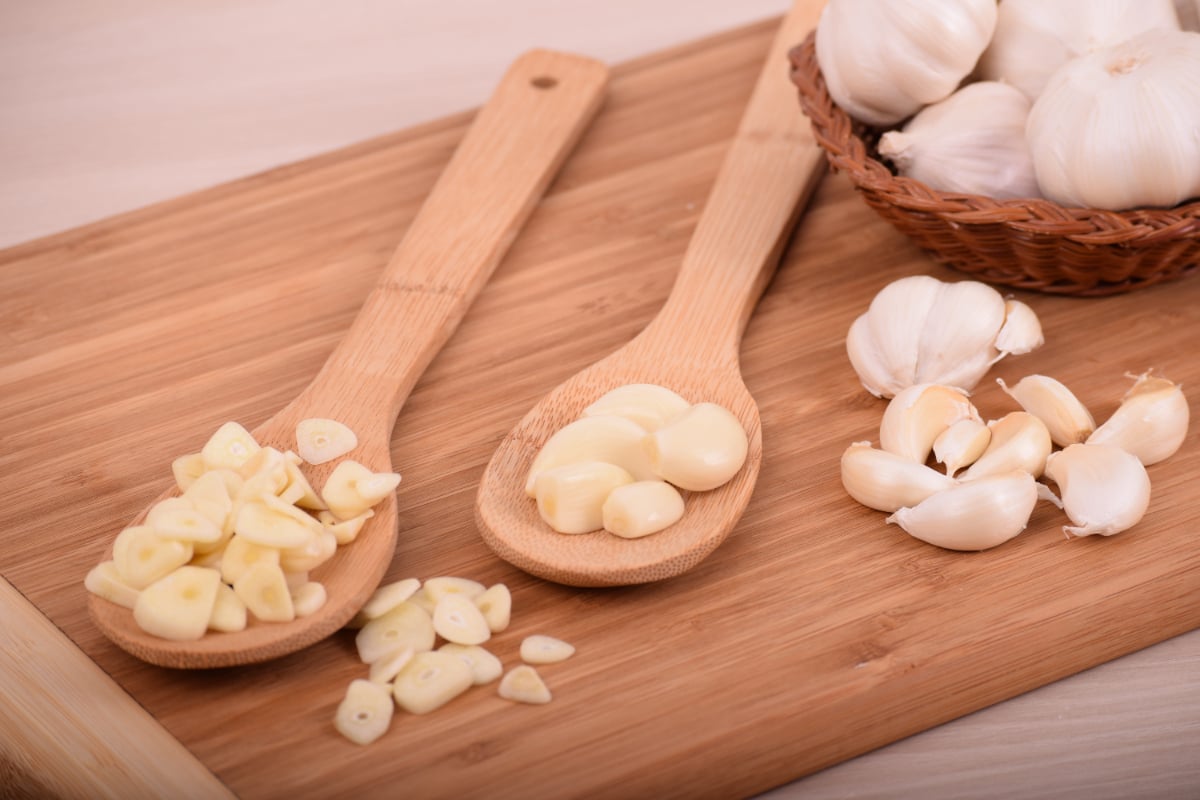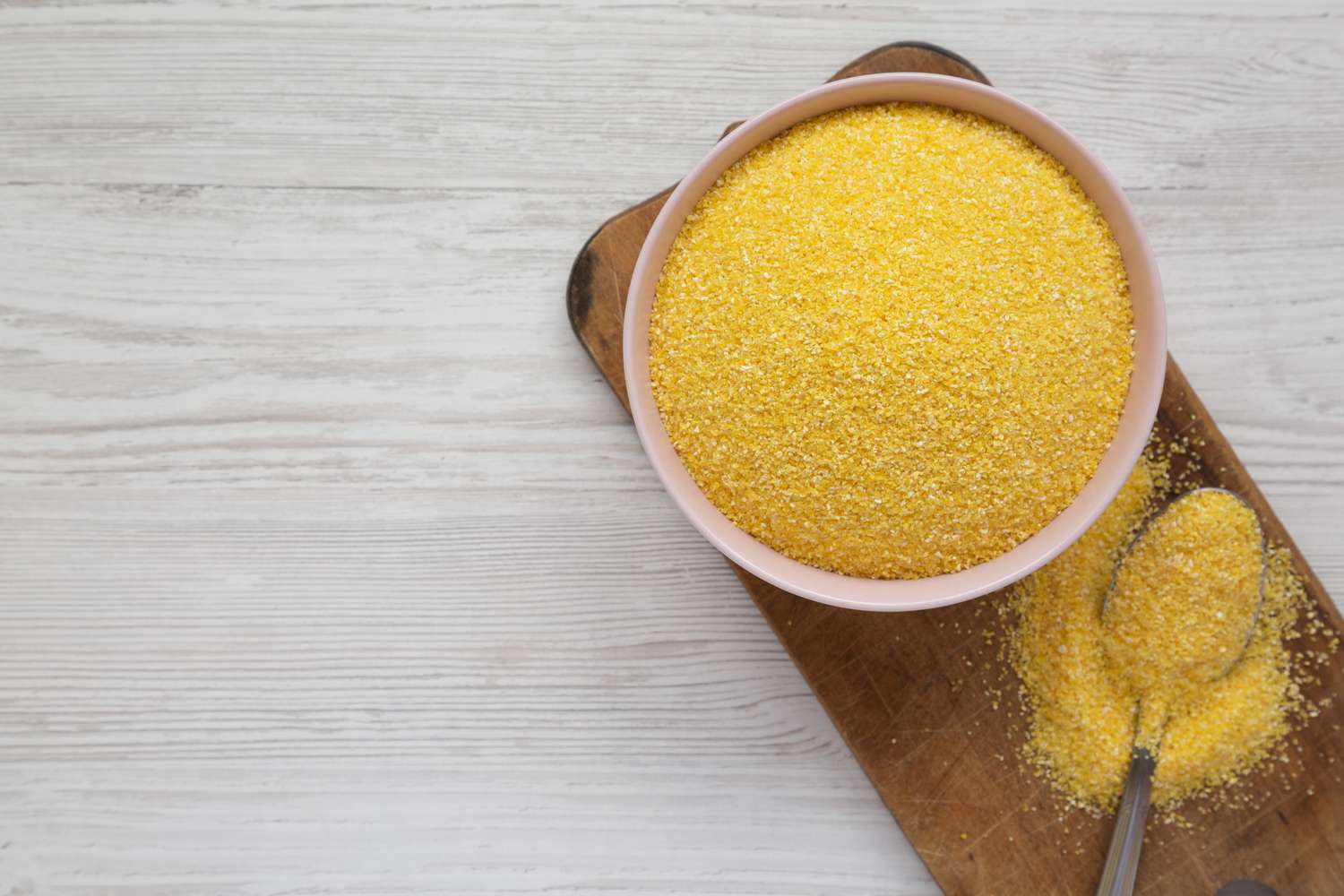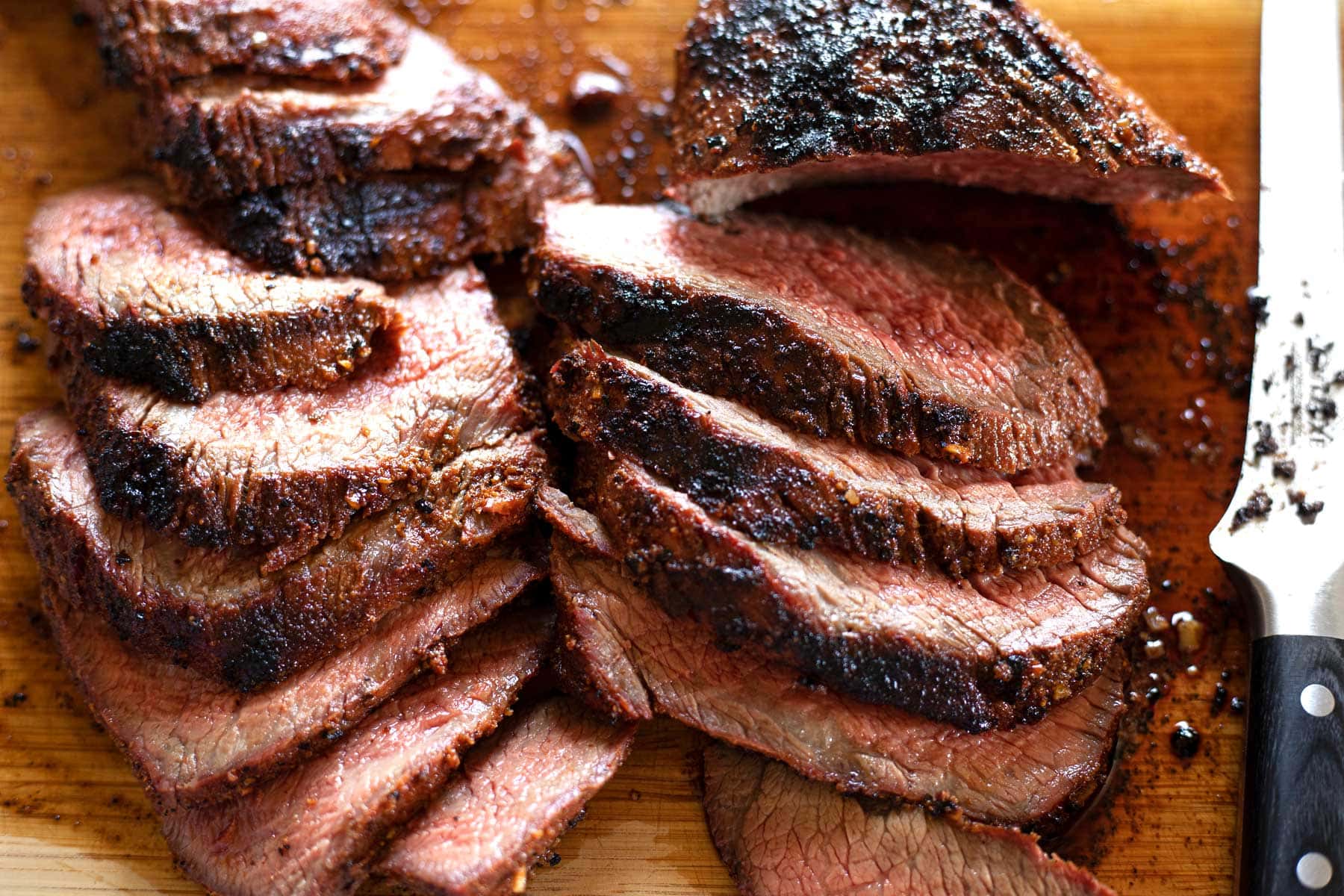Discovering the Flavors of Chesapeake Bay Seasoning
When it comes to seasoning, there are countless options to choose from, each offering a unique blend of flavors and aromas. One such seasoning that has gained popularity for its distinct taste is Chesapeake Bay seasoning. Originating from the Chesapeake Bay region in the United States, this flavorful blend is a staple in many kitchens and is known for its versatility in enhancing the taste of various dishes.
What is Chesapeake Bay Seasoning?
Chesapeake Bay seasoning is a savory blend of herbs and spices that captures the essence of the coastal region it hails from. The exact ingredients can vary, but it typically includes a combination of bay leaves, paprika, mustard, celery salt, black pepper, and red pepper. This unique blend of flavors creates a seasoning that is both aromatic and flavorful, adding depth to a wide range of dishes.
How is Chesapeake Bay Seasoning Used?
One of the most appealing aspects of Chesapeake Bay seasoning is its versatility. It can be used to enhance the flavor of seafood, poultry, meats, and even vegetables. Whether it’s sprinkled on shrimp before grilling, used as a rub for chicken, or added to a pot of steaming crabs, this seasoning adds a delightful kick to any dish.
Additionally, Chesapeake Bay seasoning is a key ingredient in the famous Maryland crab cakes, where its blend of spices complements the delicate flavor of the crab meat. It can also be used to season soups, stews, and dips, offering a burst of flavor with every bite.
Exploring the Origins of Chesapeake Bay Seasoning
The origins of Chesapeake Bay seasoning can be traced back to the rich culinary traditions of the Chesapeake Bay region. Known for its abundance of seafood, particularly crabs, the region’s cuisine has been heavily influenced by the flavors of the bay and the surrounding coastal areas.
Over time, the unique blend of spices that make up Chesapeake Bay seasoning became synonymous with the flavors of the region, and it has since become a beloved seasoning across the United States and beyond.
Creating Your Own Chesapeake Bay Seasoning Blend
While pre-made Chesapeake Bay seasoning blends are readily available in stores, many home cooks enjoy creating their own custom blends to suit their personal taste preferences. This allows for experimentation with different ratios of spices and the addition of unique ingredients to make the seasoning truly their own.
If you’re feeling adventurous, consider making your own Chesapeake Bay seasoning blend using a combination of bay leaves, paprika, mustard, celery salt, black pepper, and red pepper. Adjust the quantities to achieve the perfect balance of flavors, and don’t be afraid to add your own twist with additional spices or herbs.
In Conclusion
Chesapeake Bay seasoning is a delightful blend of herbs and spices that captures the essence of the coastal region it originates from. Its versatility and unique flavor profile make it a valuable addition to any kitchen, allowing cooks to elevate the taste of a wide variety of dishes. Whether used to season seafood, meats, or vegetables, Chesapeake Bay seasoning offers a burst of flavor that is sure to delight the taste buds.
So, the next time you’re looking to add a touch of coastal flair to your cooking, consider reaching for a bottle of Chesapeake Bay seasoning and let its distinctive flavors transport you to the shores of the Chesapeake Bay.
Was this page helpful?
Read Next: What Is Char Siu Sauce?
